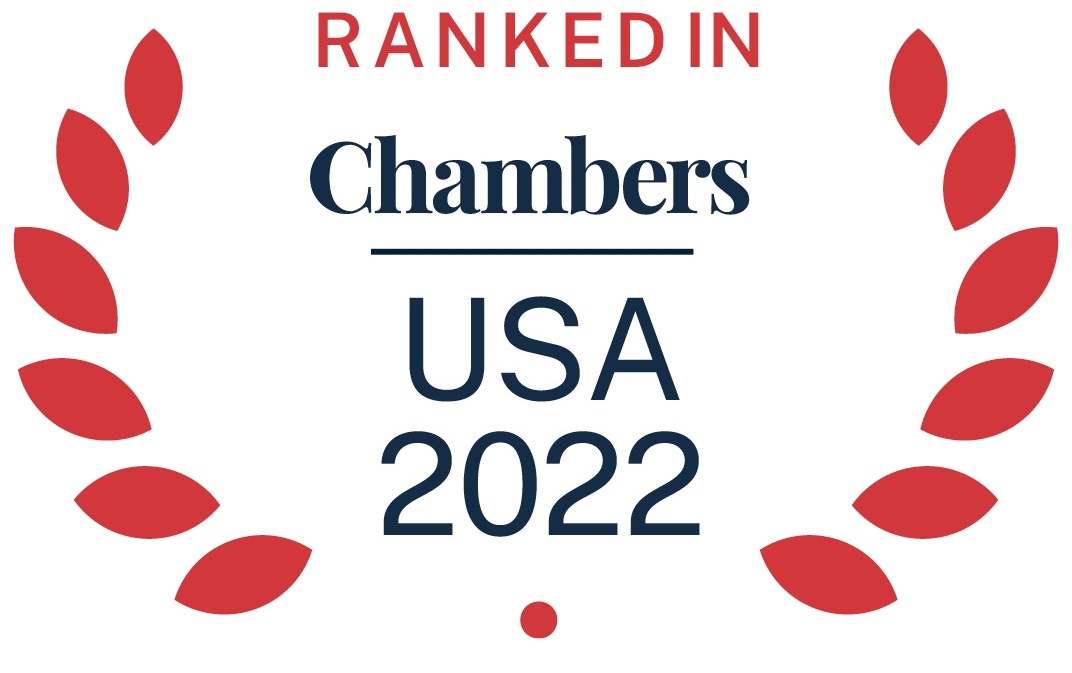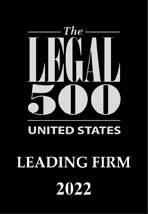The US Court of Appeals for the Federal Circuit affirmed the US International Trade Commission’s (Commission) decision that a water filtration patent was invalid for lack of written description and enablement because the scope of the asserted claim was not enabled by the patent’s specification. Brita LP v. International Trade Commission, Case No. 24-1098 (Fed. Cir. Oct. 15, 2025) (Prost, Reyna, Chen, JJ.)
Brita filed a complaint at the Commission alleging that Vestergaard Frandsen and Helen of Troy infringed its water filtering patent. The main dispute focused on the patent’s only independent claim, which in part recites a “gravity-fed water filter, comprising filter media including at least activated carbon and a lead scavenger” that achieves a “Filter Rate and Performance (FRAP) factor of about 350 or less.” The patent identifies several types of filter media, including carbon filters.
The administrative law judge (ALJ) construed the term “filter usage lifetime claimed by a manufacturer or seller of the filter” to mean “the total number of gallons of water that a manufacturer or seller has validated can be filtered before the filter is replaced.” Based on this construction, the ALJ issued an initial determination finding that the asserted claims met the written description and enablement requirements.
Brita sought review of the initial determination before the full Commission. On review, the Commission reversed the ALJ’s finding of a violation, concluding that the “filter usage” term was indefinite, the asserted claims lacked adequate written description, and the claims were not enabled with respect to non-carbon block filters. Brita appealed.
To satisfy the written description requirement, a patent must demonstrate that the inventor was in possession of the claimed invention at the time of filing. This means the specification must adequately support each claim. In this case, the Federal Circuit found that the specification only supported carbon block filters meeting the claimed FRAP factor, not the broader category of “filter media” as claimed. As a result, the Court found that the asserted claims failed the written description requirement.
The Federal Circuit emphasized that the patent specification failed to support the broad claim language because of its narrow focus on carbon block filters. Specifically, the specification:
- Described only carbon blocks, with other filter media mentioned solely as tested examples for FRAP factor
- Provided specific formulations for carbon blocks only
- Illustrated only carbon block filters in the figures
- Made clear distinctions between carbon blocks and other filter types.
The Federal Circuit found persuasive the inventor’s testimony that only carbon block filters were created to meet the FRAP factor.
The Federal Circuit also affirmed the Commission’s finding that the claims were invalid for lack of enablement. Under the Federal Circuit’s 1988 In re Wands decision, enablement requires that a person of ordinary skill in the art be able to make and use the invention without undue experimentation. The Court found no reversible error in the Commission’s conclusion that undue experimentation would be required for filters other than carbon blocks to meet the claimed FRAP factor. The [...]
Continue Reading
read more


 Subscribe
Subscribe


